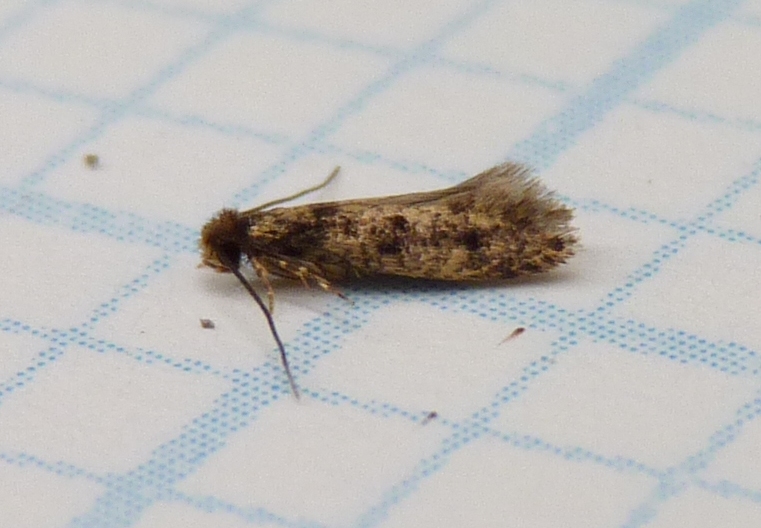
Remember to empty the contents of the vacuum into a garbage bag and take the bag out of the house, or you may just end up with a bunch of well-fed moths living in your vacuum. While this can be somewhat helpful, it is limited in its effectiveness in two way.ġ) The moth’s larvae are well protected inside their cocoon.Ģ) The material they consume, spiderwebs and the remains of dead insects caught in them, simply end up on the floor, still easily available for the Plaster Bagworm to eat.īy vacuuming, whether, with a household vacuum or a shop-vac, both the bagworm itself and the material it eats are effectively removed from the premises. Often homeowners will sweep down the caterpillar cases along with any cobwebs nearby.
#Get rid of plaster bagworms for free#
Click here for tips on things you can do for free that will prevent pest problems. If, like many Floridians, your home is only occupied part of the year, be sure to keep your A/C running even when you are away. Get Rid of Bagworms By Handpicking If you find just a few bagworms, you may have caught the infestation early enough that you can effectively control the situation by handpicking the bags. Plaster Bagworm populations will be higher in homes where the inside temperature is kept above 80 degrees. A plaster bagworm is similar to bagworms which creates their bag from leaves to hide from predators. Safer ® Brand offers a variety of bagworm control products to help control and eliminate this garden pest. Plaster bagworms are a unique species of moth. can be successfully utilized in the control of bagworms when it is applied while the bagworm is in its early larval stages towards the end of spring, right after the larvae have emerged and drifted to their new host plants. Plaster bagworms, also known as household casebearers, fall under moth species. Another reason why you’ll find these weird little bugs in these areas is that they, like all insects, prefer warmth and humidity. No, plaster bagworms do not bite or harm human beings. They are certainly capable of surviving inside homes. There is a reason, though, that they have the name HOUSEHOLD Casebearer. Obviously, there is little that can be done in this regard in outside areas. It is ultimately these adult female moths that will lay the eggs that eventually turn into the annoying little egg sac-like creature stuck to your ceiling. If moths are attached by a light left on in the garage, or a security light on the side of the house, you are attracting them to your home. Moths are notoriously attracted to porch lights. Ultimately, these little creatures are moths. Treat indoor cracks and crevices with boric acid dust or other insecticides designed for clothes moths or bagworms if the house is infested.

Nevertheless, sweeping down cobwebs, and blowing out accumulated debris in garages and porches will help prevent a thriving Casebearer population.Īnother good tip for preventing Plaster Bagworms is to reduce outside lighting.


This, however, can be a bit difficult in areas such as garages, carports, patio, and lanai areas. Because both their diet and the material used to create their cocoon is basically tiny bits of organic material, thorough and consistent cleaning can remove both the food and shelter they need to survive and result in a decreased population.


 0 kommentar(er)
0 kommentar(er)
